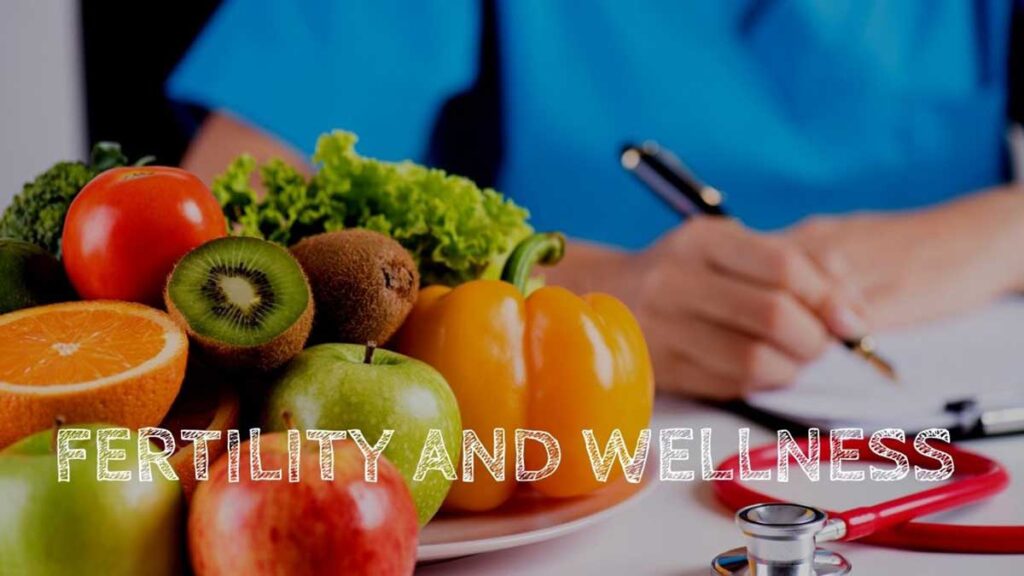Toxicity, Inflammation and Fertility
We often hear the statement, “It runs in my family, so I’m sure I too will have that disease.”
We make assumptions about our genes, our inheritance and our future diseases. And yet genes are but one small piece of the puzzle. As our way of living becomes so fast-paced, convenience often takes precedence over preparation. Simultaneously, in recent years, our environment has become more heavily laden with toxins and, making a whole foods diet and elimination and detoxification even more important than in decades earlier.
This has led to the development of chronic disease at earlier ages. Chronic illnesses and have become more prevalent and at younger and younger ages. We are seeing more couples with infertility and we know that pregnancies in these young women needing fertility treatments may have an increased risk of complications.
Natural conception should be a given for every species and yet 1/6 couples in the USA present with infertility
This should alert us as gynecologists and reproductive endocrinologists to look deeper into the ‘why’.
We have been taught as gynecologists that amenorrhea is a symptom and not a diagnosis—we must go deeper and determine the cause of the amenorrhea. And yet, in the field of fertility, we allow our colleagues to stop the workup once we identify the source of the problem. This, however just identifies the ‘where’ and not the ‘why’. We accept the diagnoses of male factor, egg factor, tubal factor and uterine factor. As a collective specialty, we are doing our patients a real disservice when we stop at the name game.
The underlying pathophysiology and biochemistry that is occurring in the young couple with infertility may persist throughout all the fertility treatments, throughout their pregnancy and in the post-partum period. We have the ability to look deeper and uncover some of the ‘why’, before these diseases become chronic lifelong or life-threatening illnesses.
In addition, if we attack the underlying pathophysiology of inflammation and insulin resistance or toxin exposures and unhealthy lifestyles, we may help the next generation. Imprinting and exposures during pregnancy may affect the next generation and increase their risk of obesity and other chronic illnesses.
Questions We Should Ask
- WHY does my patient show signs of PCOS?
- WHY does my patient show signs of diminished ovarian reserve?
- WHY is there low sperm count and low motility?
- WHY does this young woman have a uterus riddled with myomas? — this used to be a disease of older woman.
The Prescription For IVF
IVF was originally designed for blocked tubes and the majority of those women developed that problem from a prior infection—they didn’t have egg or male factor or uterine factor. It is a blessing that we now have a treatment that is so successful for so many but just because we can use this treatment and help these couples, our work should not stop with the prescription for IVF. We should go deeper into the etiologies that are so common in our patient population. (I suggest more of our specialty study functional medicine and integrative medicine or work in collaboration with a trained health professional).
Our Exposome: All That The Body and DNA Is Exposed To
We have been told that Watson and Crick’s discovery of DNA was the key to explaining Darwin’s theory of evolution and our likelihood to have disease or wellness, survival or death. DNA is, indeed very important, but how that DNA interacts with environment is the critical link. Individual DNA SNPs may affect their interaction with the environment.
Our exposome is a combination of all that the body and DNA is exposed to. This includes interaction with nutrients ingested via food and water/liquids. But often we also ingest toxins – these enter via air, food, water, drugs, and topical creams on the skin. The exposome includes the microbiome that live in all our body cavities and on our skin. Do we ensure that our patients are eating a whole foods diet AND just as important, are they absorbing the nutrients adequately or are there nutrient deficiencies? Are they overloaded with toxins?
The exposome also includes the thoughts we think every second of every day. How many of our patients have had adverse childhood experiences or other traumas in their life—this increases the odds of later illnesses? Do we ask or address their social history?
Do our patients have a self-care, relaxation routine that helps them cope with stress? Do they have hobbies that bring them pleasure? Do they have tools to deal with the stress from everyday life AS WELL as the added stress from fertility tests and treatments? Do we teach them meditation and breathwork, journaling, and how to ‘change their story’ (narrative medicine)? Do we ensure they spend some time in nature?
Microbes: Friend and Foe
Microbes are both friend and foe. We need healthy microbes to keep our immune system and our digestive systems functioning well, and we need to protect ourselves from pathogenic (disease causing) viruses and bacteria and fungi as well as parasites. Every round of antibiotics during IVF retrievals or other surgeries may be affecting our patients’ emotions (anxiety increases 10% with each round of antibiotics) and every round may be affecting the microbiome in the uterus, tubes and vagina as well as in the GUT. With microbiome changes, patients may have issues absorbing nutrients. With nutrient deficiencies, subfertility may ensure. Changes in the microbiome may affect hormone metabolism as well.
The Tools Of Wellness Are Essential
We need to care for our bodies with proper nutrition and adequate and frequent detox and elimination pathways. We need to choose whole foods and avoid tobacco and alcohol and other toxins/pesticides/chemicals. We need to move our bodies and rest our bodies. We need stress to build character and strength, but we need tools for stress reduction to ensure that we can withstand the trials of daily living and fertility. We need time to go inward and listen to our bodies and we need community and relationships to balance our solitude with connection.
Life is a delicate balance. We live on the seesaw of life and when we sit in the center, we are less likely to be knocked off by a sudden stop or sudden gust of wind.
If we learn tools of wellness, we can limit our development of chronic diseases and reduce our reliance on medicines.
A 2009 study in the archives of internal medicine determined that with a lifestyle dedicated to wellness, we can significantly decrease the incidence of chronic illnesses:
93% of adult-onset diabetes, 81% of heart attacks, 50% of strokes and 36% of cancers are PREVENTABLE.
We are doctors dealing with a young patient population who may not yet have developed these diseases BUT the infertility they present with may be the tip of the iceberg and a telltale sign of a body that is having trouble with homeostatic mechanisms and wellness. We are uniquely positioned as a profession to go deeper than we have done to date to really find out what is causing the infertility and not just treat it.
We can help our patients live longer and healthier lives.
We should treat both the fertility problem AND the complete individual.



